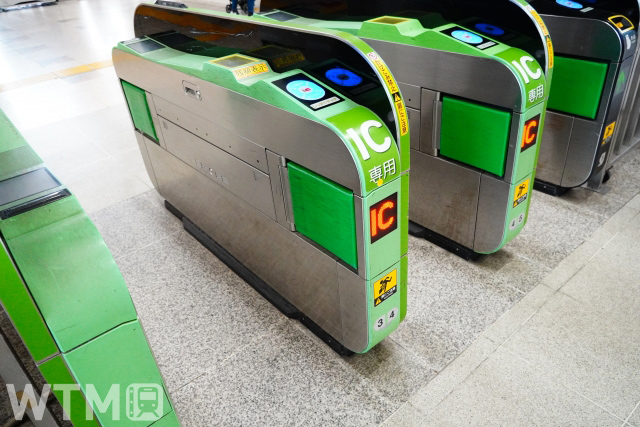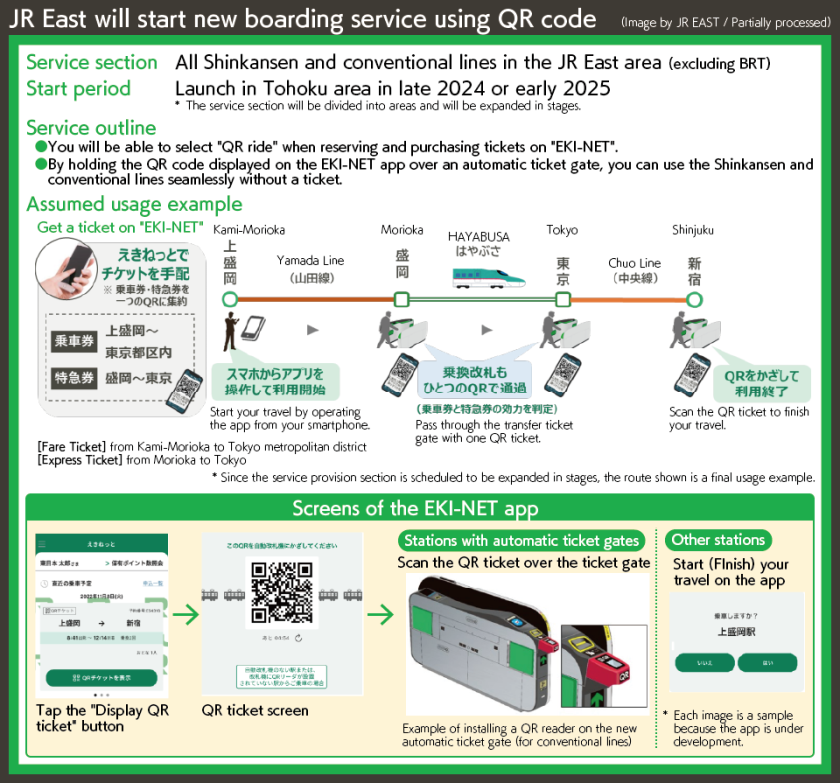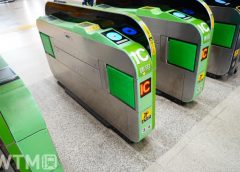As a new means of boarding without using a ticket, JR East will gradually expand the ride service using “QR code” to all lines from the Tohoku area from the late 2024.

One QR code for both Shinkansen and conventional lines
It is a service that realizes the goal of “seamless and stress-free transportation” set in the JR East Group management vision, and it also incorporates the non-contact needs of the post-corona and the perspective of SDGs aiming for a sustainable society. Their ticketless move has been centered on the transportation IC card “Suica”. The new service will also be available to those who do not have Suica and those who get on and off outside the Suica service area, increasing the chances of getting on without going through the station ticket vending machine or window.
Along with the start of the service, you will be able to select “QR ride” as a usage method when arranging tickets on the reservation web service “EKI-NET”. After purchasing a ticket, you can get on and off by displaying the QR code on the EKI-NET smartphone app and holding it over the QR reader installed at the automatic ticket gate. A single QR code can also be used to pass through ticket gates for transfer, so you can seamlessly use it to your destination regardless of whether it’s the Shinkansen or conventional lines. At stations where automatic ticket gates are not installed, the method are being considered for users themselves to start and finish their travel through the app.
For example, if you purchase a fare ticket for “Kamimorioka Station to Tokyo Metropilitan District” and a limited express ticket for “Morioka Station to Tokyo Station” on EKI-NET, the information on the both tickets will be combined into a single QR ticket. At Kami-Morioka Station on the Yamada Line, which does not have automatic ticket gates, you will start your travel by operating the app. From Morioka Station to Tokyo Station, you can board the Shinkansen “Hayabusa” as it is, and you can also pass through the transfer gates of Morioka and Tokyo Stations with a QR code. Take the Chuo Line from Tokyo Station, and when you get off at Shinjuku Station, hold the QR card over the automatic ticket gate to complete your travel (See the figure below about the new ticketless system using QR code).

Ticketless by Suica is also growing
Along with the introduction of this service, a new “center server” will be installed to manage QR ticket, and information will be linked with reservation history purchased at EKI-NET. The ticket gate checks the read QR ticket information with the center server, and the server side determines whether the validity of the fare/limited express ticket is valid.
The QR-based ride service is scheduled to be first introduced in the Tohoku area between October 2024 and March 2025. After that, the area will be expanded in stages, and eventually it will be introduced to all Shinkansen and conventional lines (excluding BRT sections) within the jurisdiction of JR East. The automatic ticket gates installed at each station now will begin to be replaced from December 2022, and starting at Yoyogi Station, new ticket gates equipped with QR readers will be installed in some passages. Even if the new ticket gates are installed, the QR service cannot be used until the service start date. Even if a new ticket gate is installed, you will not be able to use the QR service until the service start date.
JR East explains that this new QR-based boarding service will be introduced “as one of the means for more people to use the railway without a ticket.” Currently, the usage rate of transportation IC cards in the Suica metropolitan area is about 95%. In the future, they will continue to expand the Suica usage area and promote the introduction of new regionally linked IC cards, while simultaneously promoting ticketless.

 [JR Pass] JR East-South Hokkaido Pass | Save time and money exploring eastern Japan and Hokkaido (Ad by KKday)
[JR Pass] JR East-South Hokkaido Pass | Save time and money exploring eastern Japan and Hokkaido (Ad by KKday)



